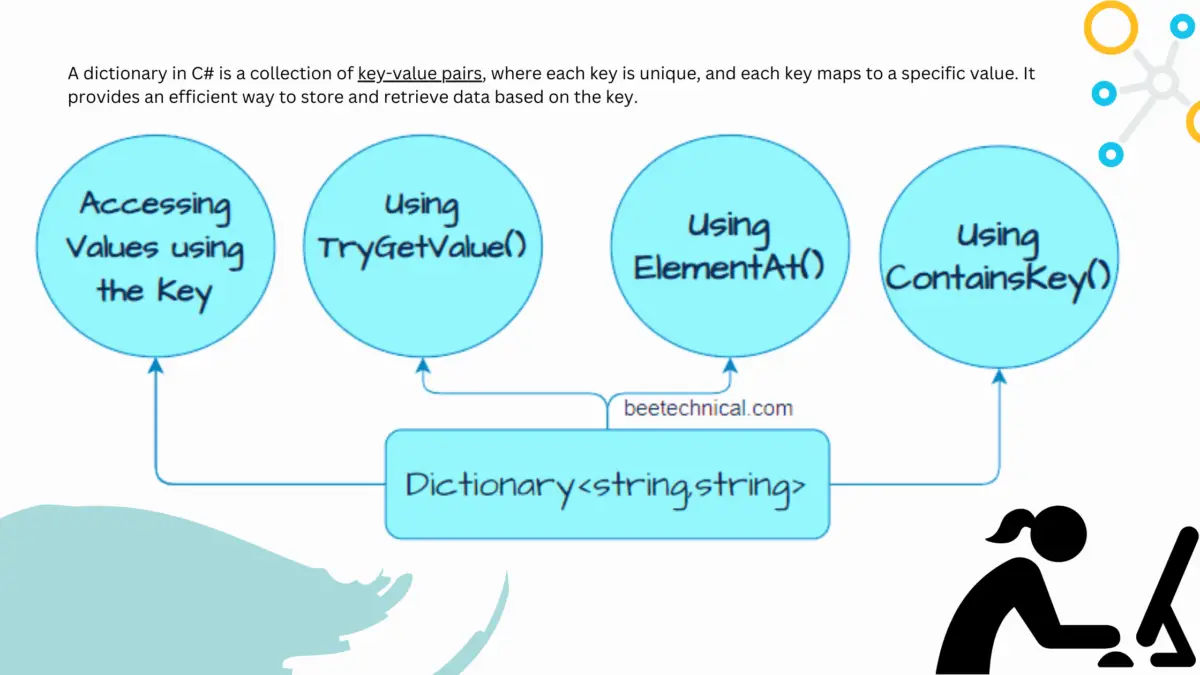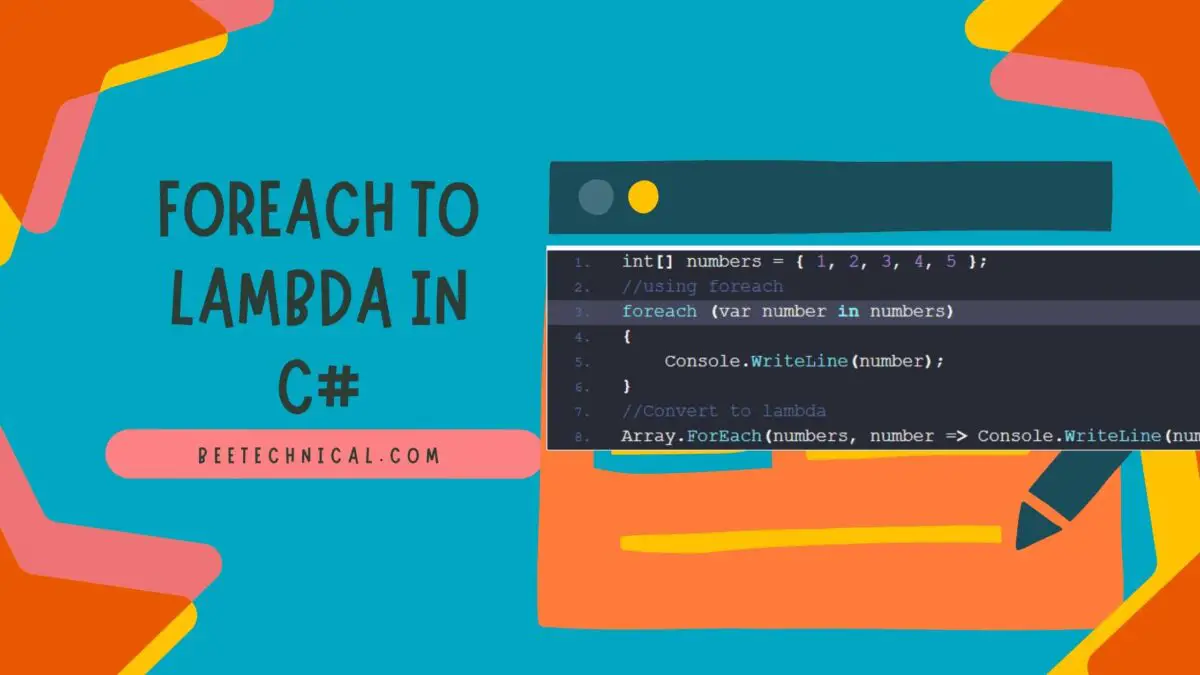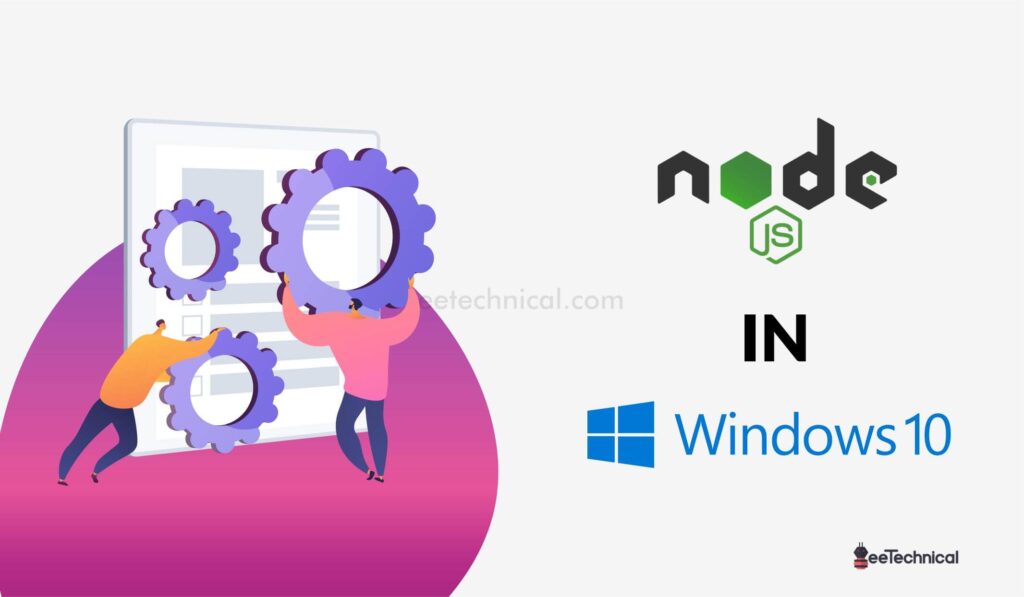There is no doubt in putting Eclipse and Intellij on the list of best IDEs, although there are several others that deserve mention. Sometimes, however, it is quite common for both (IntelliJ Idea vs Eclipse) to be pitted against one another on a regular basis.
Interestingly, both IDEs were released in 2001, which means that almost two decades ago, the first versions were released. Now, both have been able to establish themselves as trendsetters within the IDE market.
In spite of the fact that they were initially released as Java IDEs, each of them has grown to include support for a number of programming languages and other technologies.
Featuring support for Java, Groovy, Kotlin, and XML out of the box, IntelliJ is an IDE that is great for beginners. Plugins allow users to make the tool interactive for any language they want to use.

While Eclipse offers out-of-the-box support for only Java, it is capable of supporting more programming languages than IntelliJ IDEA thanks to its extensive plugin system, making it a better option for developers with experience.

In this article, we are going to compare Eclipse vs IntelliJ and discuss which one to pick when you are forced to choose between the two. We will begin by giving you a brief overview of the two popular IDEs.
What is IntelliJ?
JetBrains has developed an integrated development environment (IDE) based on Java called IntelliJ IDEA. It is considered to be one of the best Java development environments available.
An ergonomic design is a hallmark of the Java IDE, which emphasizes developer productivity. The JVM provides support for languages like Groovy and Kotlin that are based on the JVM.

IntelliJ IDEA is available in two variants to meet the differing requirements of users; the Ultimate Edition and the Community Edition. Users can choose to install IntelliJ IDEA for Windows, macOS, and Linux.
IntelliJ Community Edition is IntelliJ’s free and open-source version of the software. IntelliJ Community Edition is intended for hobbyists, amateur developers, and students. Due to the fact that it is open-source, its source code can be tweaked according to the requirements.

A commercial, production-ready version of IntelliJ IDEA, IntelliJ Ultimate comes with all the features of IntelliJ IDEA Community Edition, as well as a comprehensive set of advanced features – like profiling tools and support for SQL and database tools – along with immediate customer support. You can use it in a production environment as well as in a professional setting.
As such, JetBrains offers a special edition of its Java IDE, IntelliJ IDEA Edu, that is catered specifically to the needs of educators and students. IntelliJ IDEA Edu is free and open-source, as is the Community Edition.
It is no surprise that some of the most well-known clients of IntelliJ IDEA are Expedia, Netflix, Samsung, Twitter, and Volkswagen.

Features of IntelliJ
Originally released by IBM but now developed by the Eclipse Foundation, Eclipse is one of the most popular Java development IDEs on the market. C and Java are both used to create this application.
The Eclipse IDE is not only available for Linux, Windows, and macOS, but also comes in the form of a cloud-based IDE – via Dirigible, Eclipse Che, Orion, and Theia – that enables developers to access their IDE from anywhere.

There are many different types of IDEs included in this extensive project that are designed with specific purposes in mind. For example, Eclipse Dirigible is a low-code platform that enables the development of business applications.
Eclipse Orion is another example of a web development tool that allows developers to perform their web development directly from their web browsers.
Eclipse is better suited for experienced developers thanks to its exhaustive set of plugins. Moreover, it requires low system resources and delivers a great performance. However, if you add more and more plugins to it then it will make IntelliJ bulkier.
There are many well-known names in the Eclipse community, such as Arduino, Ericsson, Google, IBM, and Red Hat, among others. It is interesting to note that some of the clients of Eclipse are also among its contributors.
What is Eclipse?
There are a lot of benchmark features that you might expect from an IDE of this caliber. There are many different features included in this package.

These include code completion, multi-language support, inbuilt debugger, syntax highlighting, support for frontend and backend frameworks, and VCS integration.
It is important to note that the IDE version known as Ultimate also allows users to use advanced features such as support for web scripting and style sheets, Spring frameworks, Selenium, npm, profiling tools, Tomcat, and Kubernetes, as well as detecting the redundant code blocks.
Features of Eclipse
IntelliSense (autocomplete and content assistance) is one of the most prominent features of the leading IDE. Others include extensive plugin support, support for a broad range of programming languages, keyboard shortcuts, and a built-in debugger.
Java development can be made easy with Eclipse’s ready-to-use tools. It has a comprehensive plugin system that makes it easy to add support for other programming languages.

Moreover, the IDE is supported by an active community that offers development support via thousands of forums via which issues can be discussed and resolved.
Eclipse’s 2021-09 (4.21), the version that stands out from the competition due to its inclusion of a JRE, is an outstanding feature that stands out from the rest of the pack.
IntelliJ Idea vs Eclipse
| Eclipse | IntelliJ |
| Eclipse was first released in November 2001 | IntelliJ was first released in January 2001 |
| Eclipse was written using C and Java languages. | IntelliJ was written using Java and Kotlin languages. |
| Available in 44 Languages. | Available in only the English language |
| Consist of a storage size of almost 300MB | Consist of a storage size of almost 2.50GB |
| Web IDE is available in eclipse | Web IDE is not available in IntelliJ |
| Resource usage is low during the eclipse | Resource usage is high in IntelliJ |
| Eclipse is free of cost and that makes it pocket-friendly. | IntelliJ is available at $49.9 per month or $499 per year |
| Around 1200+ plugins are available in eclipse | Around 750+ plugins are available in IntelliJ |
Conclusion
The integrated development environment market is dominated by IntelliJ and Eclipse. They have made developers’ lives easier while simultaneously revolutionizing the way modern IDEs work by constantly pushing the limits of what conventional IDEs are supposed to do.
Here in this article, we discussed IntelliJ vs Eclipse so you should get familiar with both popular Java IDEs to know which one works best for you if you’re still unsure about your choice.








Comments are closed.